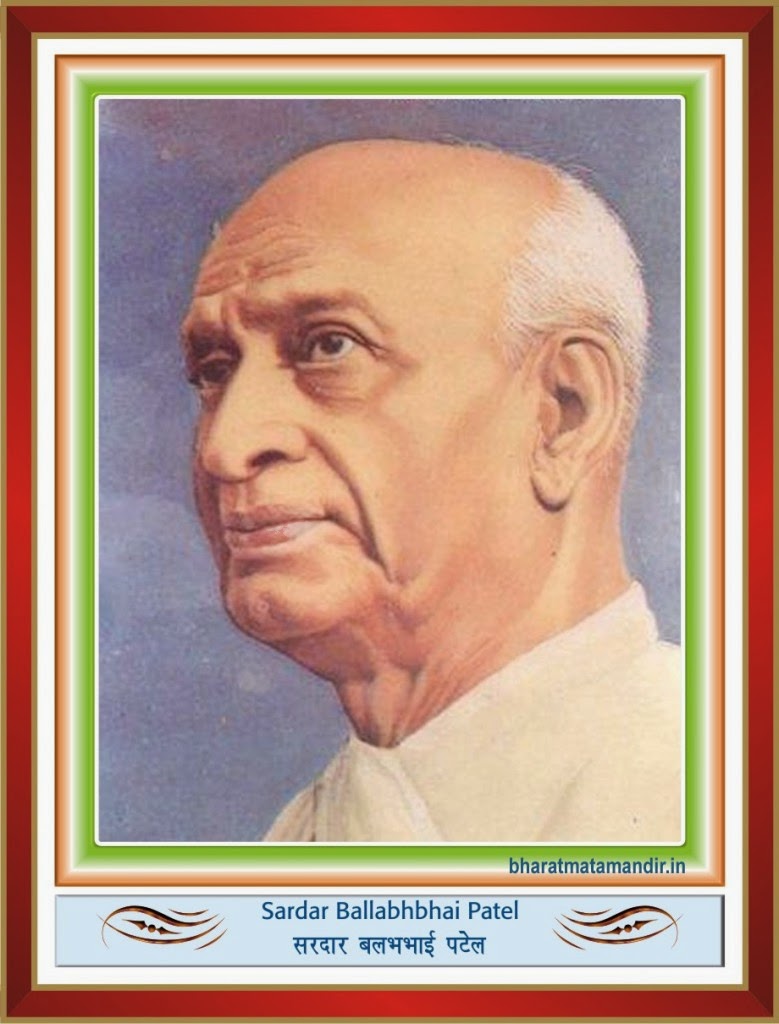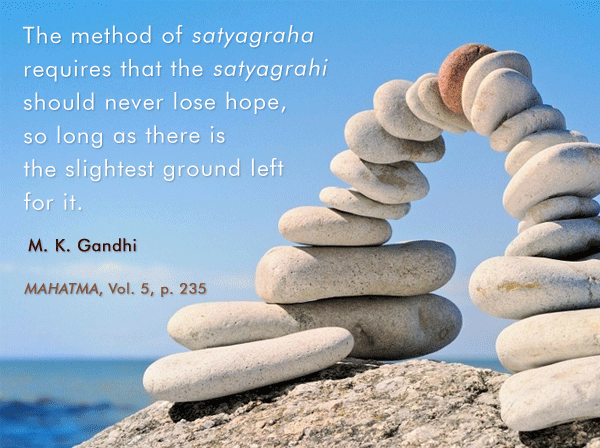The threat of harsh action against protesters in the Valley comes from an unpalatable realisation.
19/02/2017
Opinion
997.
Opinion
997.
1. Governments all three generations of Abdullas and rwo generations of Mufti-s, were use less,
2. They never ever tried to make people realise that they are the part of India,
3. They are not loyal with the Nation,
4. The Nation spent lot of money, for the development, all waste,
5. Huriat conference get all facilities, but activate anti -National elements,
6. At all calamities the armed forces rendered excellent job, helping people,
7. But no use, their mind is poisoned, with violance, unpatiotic,
8. Muslims as majority, drove away kashmiri pandits from the valley,
9. Mehbooba Mufti is a woman unfit to be chief minister,
10. The state police force is as bad as mufti, no control on its people,
Sub : What Army chief Bipin Rawat’s warning to Kashmiris really means :
Ref : The threat of harsh action against protesters in the Valley comes from an unpalatable realisation.
1.
It has come 28 years too late. On Wednesday, Army Chief Bipin Rawat warned that residents who come to the aid of militants during gunfights in Kashmir would face “harsh action”. He said that such people would be considered to be anti-national and overground workers of militants.
It has come 28 years too late. On Wednesday, Army Chief Bipin Rawat warned that residents who come to the aid of militants during gunfights in Kashmir would face “harsh action”. He said that such people would be considered to be anti-national and overground workers of militants.
2.
In effect, this attitude has characterised the operations of the security forces ever since the Kashmir insurgency broke out in 1989. For almost three decades, it has been clear to Kashmiris that they could be shot dead by the armed forces on mere suspicion of being militants.
In effect, this attitude has characterised the operations of the security forces ever since the Kashmir insurgency broke out in 1989. For almost three decades, it has been clear to Kashmiris that they could be shot dead by the armed forces on mere suspicion of being militants.
3.
So, what could the harsh action the general warned of entail? Does it mean shooting anyone who tries to throw stones at soldiers or policemen when they are fighting besieged militants?
So, what could the harsh action the general warned of entail? Does it mean shooting anyone who tries to throw stones at soldiers or policemen when they are fighting besieged militants?
But hasn’t that already been tried in Kashmir?
4.
Justification for the future? :
Justification for the future? :
Since 2014, at least eight civilians have been shot dead and dozens injured in Kashmir during protests organised to help militants escape. A few of these attempts were successful. The police have also detained and arrested people who risked their lives to protect militants.
5.
As recently as Sunday, a man was shot dead and 18 sustained bullet or pellet injuries when they tried to march towards a house where four Kashmiri militants were engaged in a gunfight with security forces in Frisal, Kulgam. A police officer told a Kashmiri daily that about 20,000 people tried to charge the forces.
As recently as Sunday, a man was shot dead and 18 sustained bullet or pellet injuries when they tried to march towards a house where four Kashmiri militants were engaged in a gunfight with security forces in Frisal, Kulgam. A police officer told a Kashmiri daily that about 20,000 people tried to charge the forces.
6.
Since Kashmiris have already been killed, injured and arrested for helping militants during gunfights, Rawat’s warning is being read as a rationalisation of future large-scale killings.
Since Kashmiris have already been killed, injured and arrested for helping militants during gunfights, Rawat’s warning is being read as a rationalisation of future large-scale killings.
7.
An unpalatable reality :
An unpalatable reality :
The foundation for Rawat’s disturbing warning was laid in 2009 by Lieutenant General BS Jaswal, who was then the General Officer Commanding-in-Chief of the Northern Command. Jaswal referred to stone throwers as “agitational terrorists” and said that agitational terrorism was a bigger challenge than militancy. He added that militants were instigating what he called “mobsters” to attack the forces and were coercing people to join protests.
8.
Less than a year before Jaswal coined this phrase, Kashmir had witnessed an uprising against the transfer of forest land to a shrine board and, what many analysts said, a transition from armed to peaceful resistance.
Less than a year before Jaswal coined this phrase, Kashmir had witnessed an uprising against the transfer of forest land to a shrine board and, what many analysts said, a transition from armed to peaceful resistance.
9.
Rawat’s warning was also preceded by another, more intense uprising last year. But compared to 2009, the latest uprising rode on – and phenomenally raised – the popularity of militants and militancy.
Rawat’s warning was also preceded by another, more intense uprising last year. But compared to 2009, the latest uprising rode on – and phenomenally raised – the popularity of militants and militancy.
10.
Between 2009 and 2016, as Kashmiri political aspirations remained unaddressed, especially after the 2010 uprising, support for the gunmen has grown so much that the army chief is unable to distinguish between a militant cornered by scores of troops and an ordinary villager who risks his life to save him.
Between 2009 and 2016, as Kashmiri political aspirations remained unaddressed, especially after the 2010 uprising, support for the gunmen has grown so much that the army chief is unable to distinguish between a militant cornered by scores of troops and an ordinary villager who risks his life to save him.
11.
These remarks are not off-the-cuff. Both generals are deeply informed by the reality of Kashmir – the reality that Kashmiris will sacrifice their lives to save a militant, local or Pakistani. This is an unpalatable reality for the state.
These remarks are not off-the-cuff. Both generals are deeply informed by the reality of Kashmir – the reality that Kashmiris will sacrifice their lives to save a militant, local or Pakistani. This is an unpalatable reality for the state.
12.
Many of Rawat’s predecessors, especially former 15 Corps commander Lieutenant General Atta Hasnain, have written or spoken extensively about Kashmir. General Jaswal and General GD Bakshi were permanent panelists on Arnab Goswami’s noisy television carnival. Former Army chief KV Krishna Rao and another general, SK Sinha, had been governors of Jammu and Kashmir.
Many of Rawat’s predecessors, especially former 15 Corps commander Lieutenant General Atta Hasnain, have written or spoken extensively about Kashmir. General Jaswal and General GD Bakshi were permanent panelists on Arnab Goswami’s noisy television carnival. Former Army chief KV Krishna Rao and another general, SK Sinha, had been governors of Jammu and Kashmir.
13.
Hasnain held famously big interactions with locals. Over the years, the Army has organised tens of hundreds of Bharat darshan tours for Kashmiri students
under Operation Sadhbhavna, built Army Goodwill Schools and youth clubs and mini hydel power projects. If a soldier is still treated to stones in the Valley, tough military talk like Rawat’s would seem to be natural.
Hasnain held famously big interactions with locals. Over the years, the Army has organised tens of hundreds of Bharat darshan tours for Kashmiri students
under Operation Sadhbhavna, built Army Goodwill Schools and youth clubs and mini hydel power projects. If a soldier is still treated to stones in the Valley, tough military talk like Rawat’s would seem to be natural.
14.
Shifting focus :
Shifting focus :
Rawat’s remarks have also shifted the entire focus to only one aspect of the situation, which is Kashmiris throwing stones at soldiers during gunfights with militants. What has been brushed under the carpet is the unprecedented incarceration of about a dozen elderly men (all aged above 60, the oldest being 87) and children as young as seven, the worst-ever crackdown on Kashmir following the 2016 uprising that produced a population of young people with their eyes shot out by solidiers’ pellet guns.
15.
Before Rawat’s warning, the state government has been regularly issuing advisories prohibiting the assembly of more than four people near encounter sites. Following the 2016 uprising, the state government also tried to wean away the youth from the “cult of violence” by publishing calendars celebrating the state’s young achievers. Chief Minister Mehbooba Mufti’s one-on-one meetings with sportspersons and young Kashmiri achievers are publicised every other day. A massive sports initiative, which is aimed at engaging thousands of youths, is currently underway. For the first time, tens of thousands of students are receiving free winter tuitions and coaching lessons in government institutions.
Before Rawat’s warning, the state government has been regularly issuing advisories prohibiting the assembly of more than four people near encounter sites. Following the 2016 uprising, the state government also tried to wean away the youth from the “cult of violence” by publishing calendars celebrating the state’s young achievers. Chief Minister Mehbooba Mufti’s one-on-one meetings with sportspersons and young Kashmiri achievers are publicised every other day. A massive sports initiative, which is aimed at engaging thousands of youths, is currently underway. For the first time, tens of thousands of students are receiving free winter tuitions and coaching lessons in government institutions.
16.
On February 5, probably for the first time, 30 people were arrested in Kupwara on charges of rioting while demanding that the body of a local militant, who had been killed in an encounter, should be handed over to them. The state has been raising the cost of resistance. However, if, after the 2016 crackdown, people still rush to the rescue of militants while filming their acts on mobile phones, it is apparent that they are willing to pay any cost.
On February 5, probably for the first time, 30 people were arrested in Kupwara on charges of rioting while demanding that the body of a local militant, who had been killed in an encounter, should be handed over to them. The state has been raising the cost of resistance. However, if, after the 2016 crackdown, people still rush to the rescue of militants while filming their acts on mobile phones, it is apparent that they are willing to pay any cost.
17.
My view
My view
1. No mercy to the separatists,
2. No extra money to Kashmir,
3.Severe punishments to treason
Thank you for reading
JAIHIND.
To be continued.
JAIHIND.
To be continued.





Comments